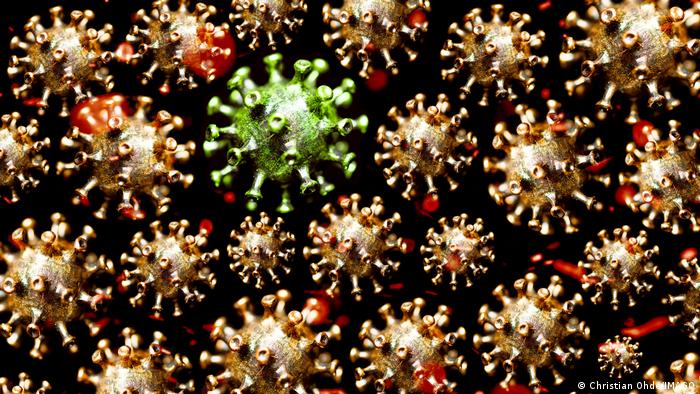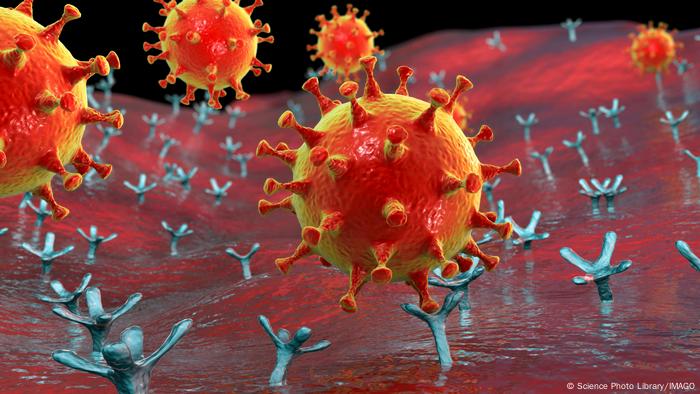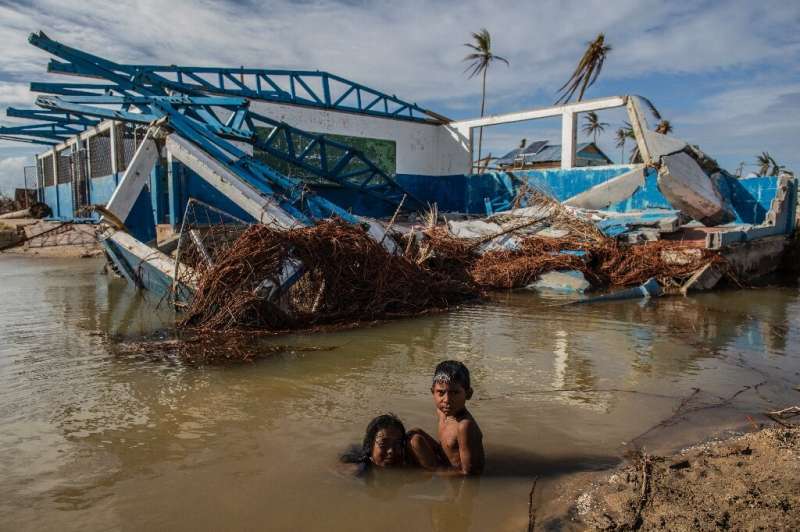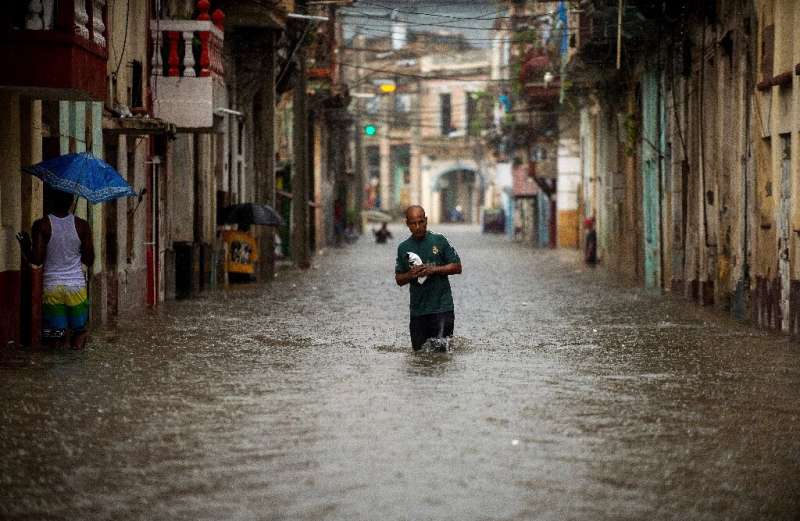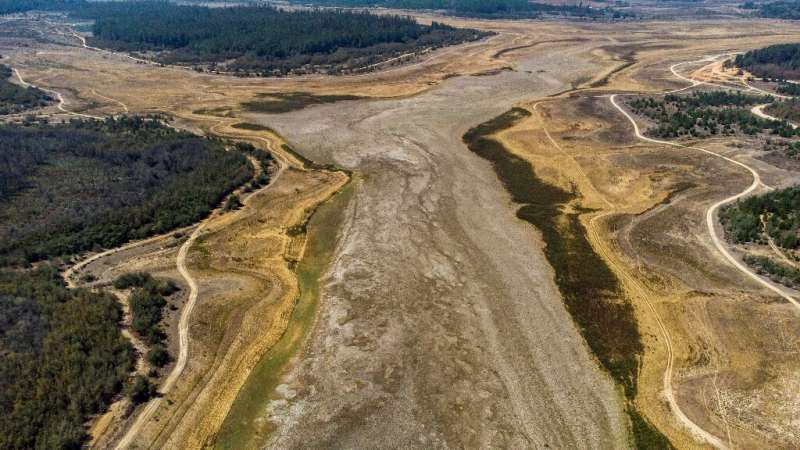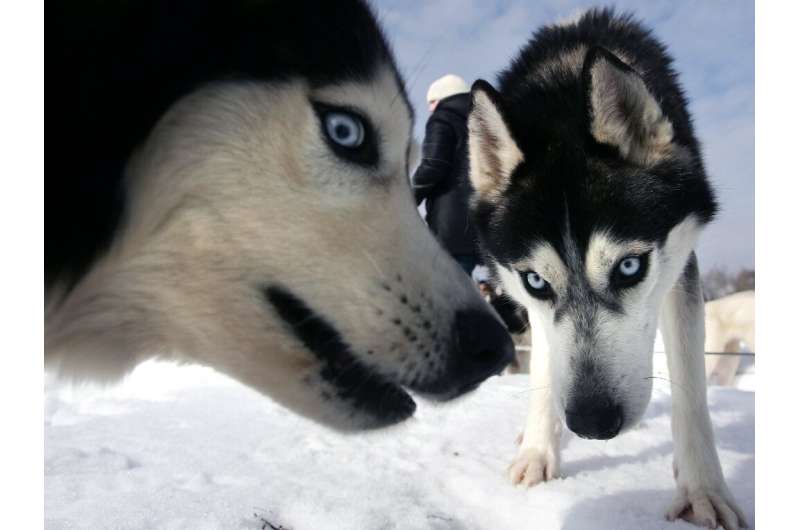A new study has shown 95% of monkeypox cases have been transmitted through sexual activity. US health officials are concerned that it could become an entrenched STD, like gonorrhea, herpes or HIV.
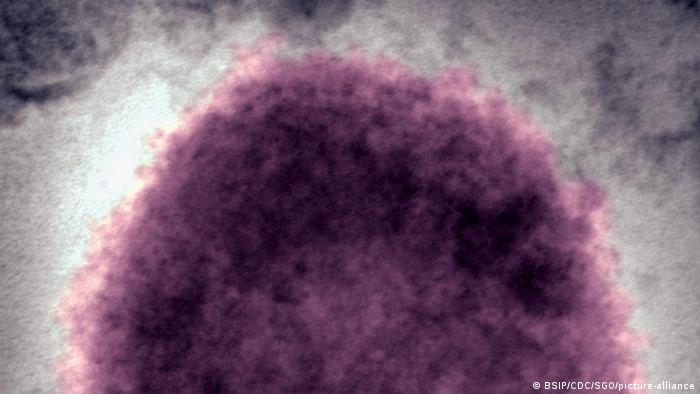
Monkeypox is in the endemic stage in some African nations.
New research published by the New England Journal of Medicine suggests that 95% percent of monkeypox cases have been transmitted through sexual activity.
The research was led by scientists at Queen Mary University of London. It looked at 528 confirmed infections in 16 countries between April 27 and June 24, 2022.
According to the study, 98% of infected people were gay or bisexual men, and 41% had HIV. The median age was 38.
Their median number of sex partners in the prior three months was five, and around a third were known to have visited sex-on-site venues such as sex parties or saunas within the previous month.
The study also showed monkeypox patients have been showing symptoms previously unrelated to the virus, such as single genital lesions and sores on the mouth or anus.
Many of these are similar to symptoms of sexually transmitted diseases (STDs) and could lead to misdiagnosis, said researchers.
"It is important to stress that monkeypox is not a sexually transmitted infection in the traditional sense — it can be acquired through any kind of close physical contact. However, our work suggests that most transmissions so far have been related to sexual activity mainly, but not exclusively, among men who have sex with men," said first author John Thornhill, in a statement.
Researchers stressed that monkeypox can also be spread by contact with respiratory droplets, clothing or other surfaces.
"Most cases were mild and self-limited, and there were no deaths. Although 13% of the persons were admitted to a hospital, no serious complications were reported in the majority of those admitted," said the researchers.
Monkeypox DNA was present in the semen of 29 out of 32 people tested, but it's still unclear whether semen is capable of transmission.
Watch video 05:02 COVID-19 and monkeypox: Similar but different
US health officials have also raised concerns that monkeypox is on the verge of becoming an entrenched STD, such as gonorrhea, herpes, or HIV, although there is no consensus among experts on the likely path of the disease.
More than 2,400 cases of monkeypox have been reported in the US as part of a global outbreak.
Authorities have limited information on the spread of the disease, and are worried about its spread during summer.
Dr. Rochelle Walensky, director of the Centers for Disease Control and Prevention (CDC), told the Associated Press that the US government's response is growing stronger every day and vaccine supplies will soon surge.
"I think we still have an opportunity to contain this," she said.
World Health Organization (WHO) experts are currently debating whether to classify the outbreak as a global health emergency.
Monkeypox is in the endemic stage in parts of Africa, where people have been infected through bites from rodents or small animals.
Before April 2022, monkeypox virus infection in humans was seldom reported outside Africa, according to the New England Journal of Medicine.
tg/wmr (AFP, AP)
